Four years after a devastating tornado tore through Western Kentucky, families in Princeton and Dawson Springs are finally getting the keys to a new beginning — thanks to a powerful collaboration led by the Society of St. Vincent de Paul (SVdP) Disaster Services of Western Kentucky and The Hope Initiative, a Christian organization dedicated to building homes for disaster survivors.
SVdP has previously partnered with The Hope Initiative to furnish 54 newly constructed homes in Mayfield through its House in a Box® program. This spring, the group approached SVdP once again with a bold idea: If buildable land could be secured in Caldwell County, they would provide homes for families still displaced since 2021.
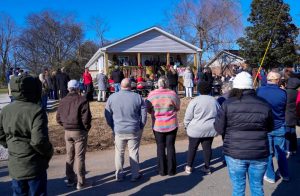
SVdP answered the call. By reaching out to local contacts, they secured six donated properties from the city of Princeton and identified six families still without permanent housing. On December 9 — one day before the anniversary of the tornado — four of those homes were officially dedicated. The moment was emotional and unforgettable.
Among the recipients were Chavez and Hannah Kirkwood and their two children, who had been living in a storage building on a family member’s property after their home in Princeton was destroyed. Their new three-bedroom, two-bathroom home — fully furnished by SVdP through a grant from the Kentucky Colonels — marks the end of years of hardship and the start of a new chapter.
Another recipient, June Bleier, a single mother of four, lost her home and car in Dawson Springs during the storm. Without transportation, she also lost her job and has struggled ever since to find stable housing. SVdP had been working with June since the tornado, and her name came to mind immediately when The Hope Initiative began looking for families to support.
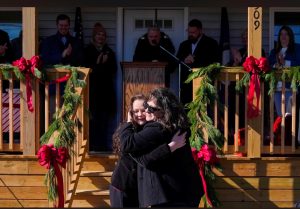
The dedication day brought the whole community together. Local leaders, including the Mayor and Kentucky’s Governor and First Lady, joined the Rotary Club, churches, volunteers, and residents to celebrate and welcome the families home. During the dedication, SVdP had the privilege of presenting the Bleier family with a new family Bible.
“St. Vincent de Paul helped make a life-changing, soul-changing opportunity possible,” said Vicki Duncan, community liaison for SVdP Disaster Services of Western Kentucky. “Tears of joy flowed the whole day — and even now as we reflect on what we accomplished together.”
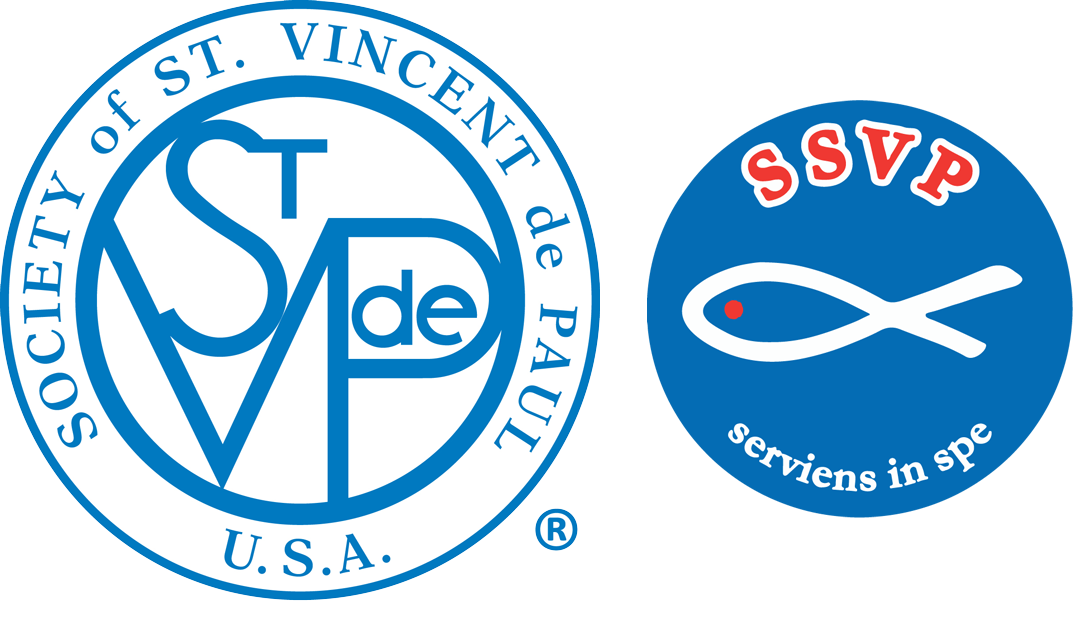
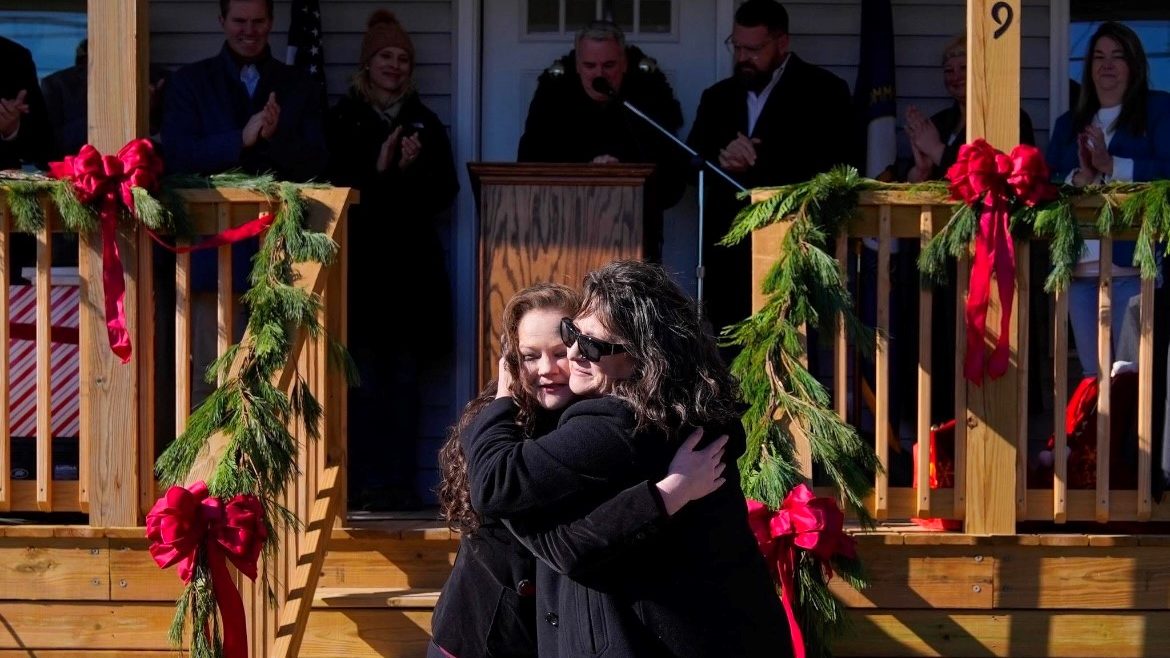
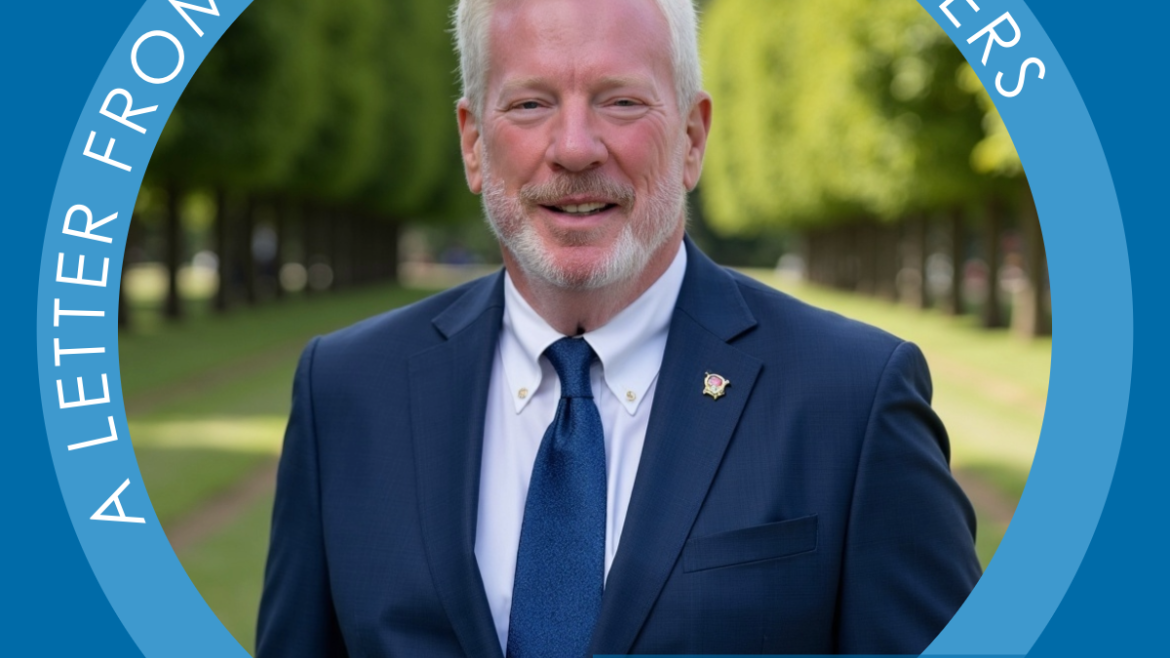
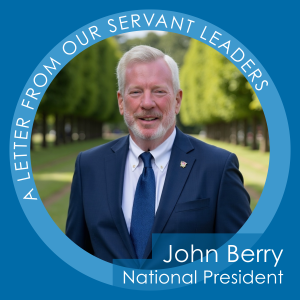
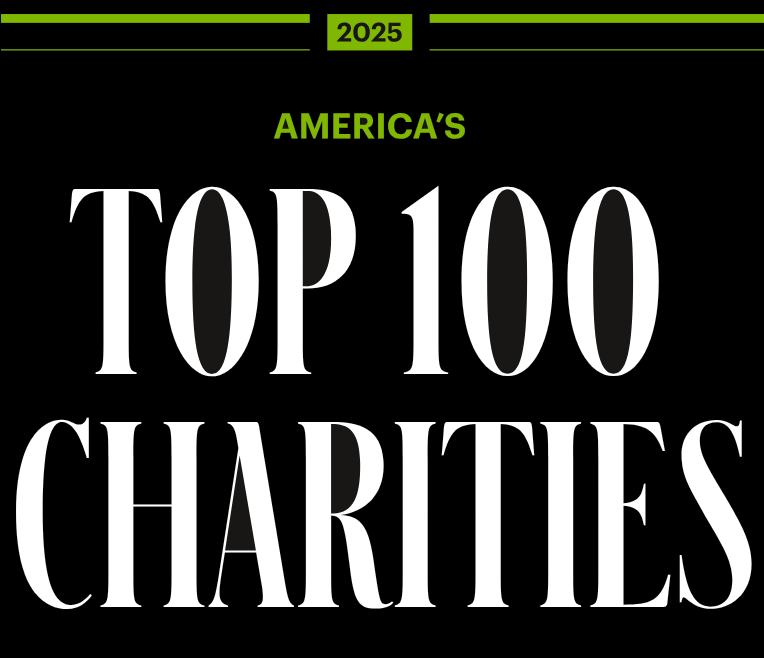



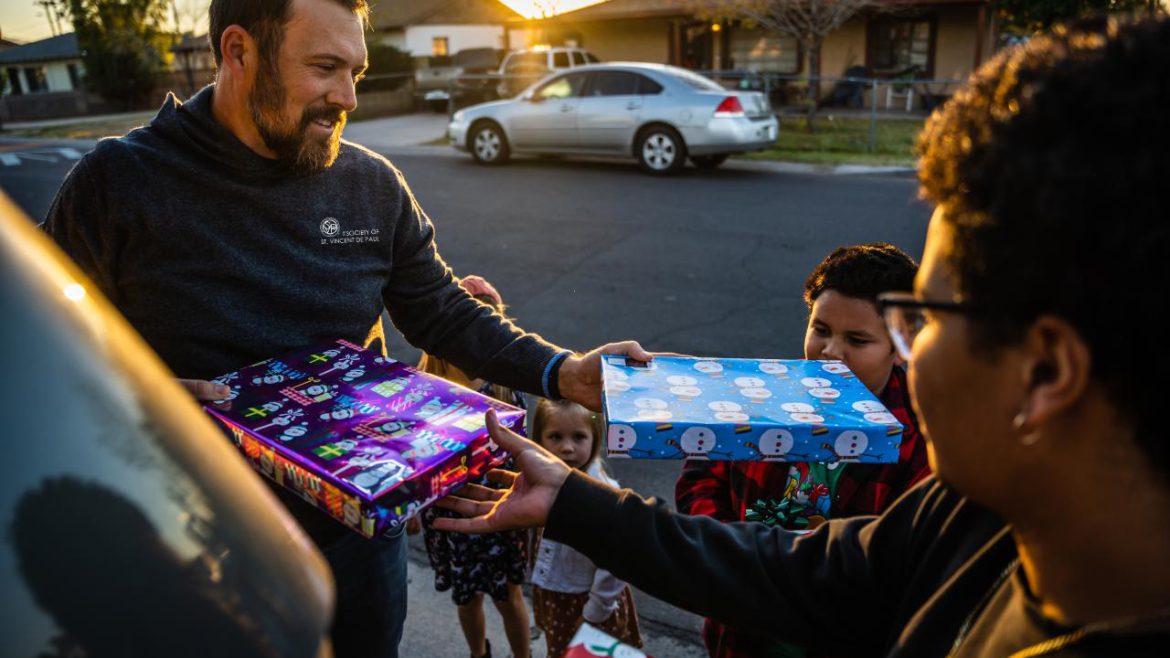
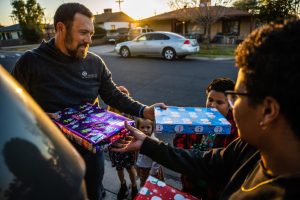 By Chad Caliguiri, Deputy Director, SVdP Des Moines
By Chad Caliguiri, Deputy Director, SVdP Des Moines
 For me it is so special to be with family at Midnight Mass to start the Christmas Season. It is so wonderful singing and hearing the entire congregation singing,
For me it is so special to be with family at Midnight Mass to start the Christmas Season. It is so wonderful singing and hearing the entire congregation singing, 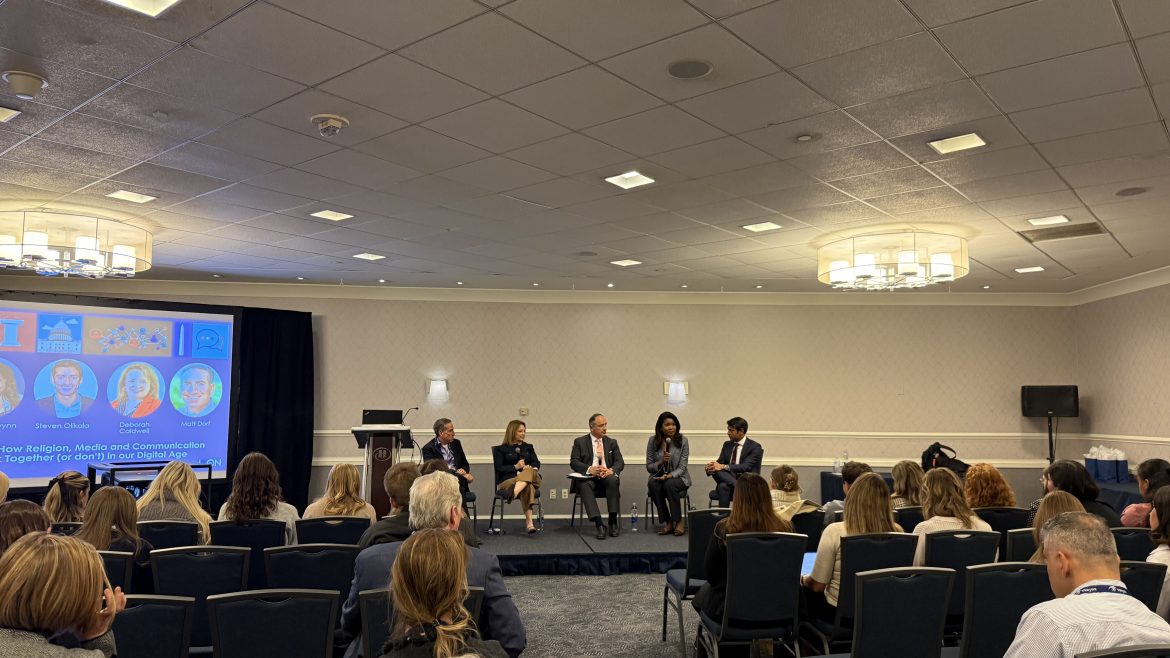
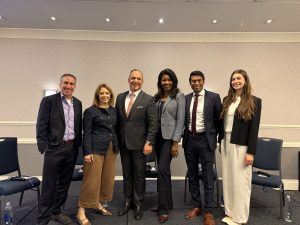
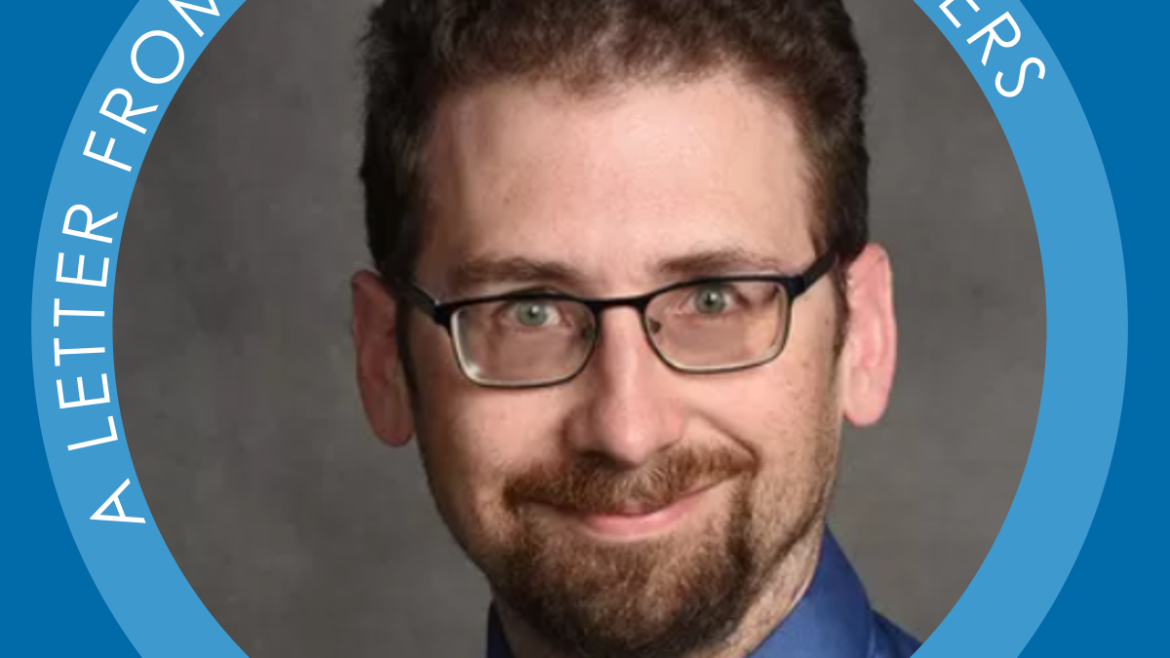
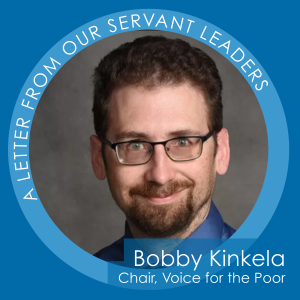 Should We Think of the Society as an Apostolate or a Ministry?
Should We Think of the Society as an Apostolate or a Ministry?